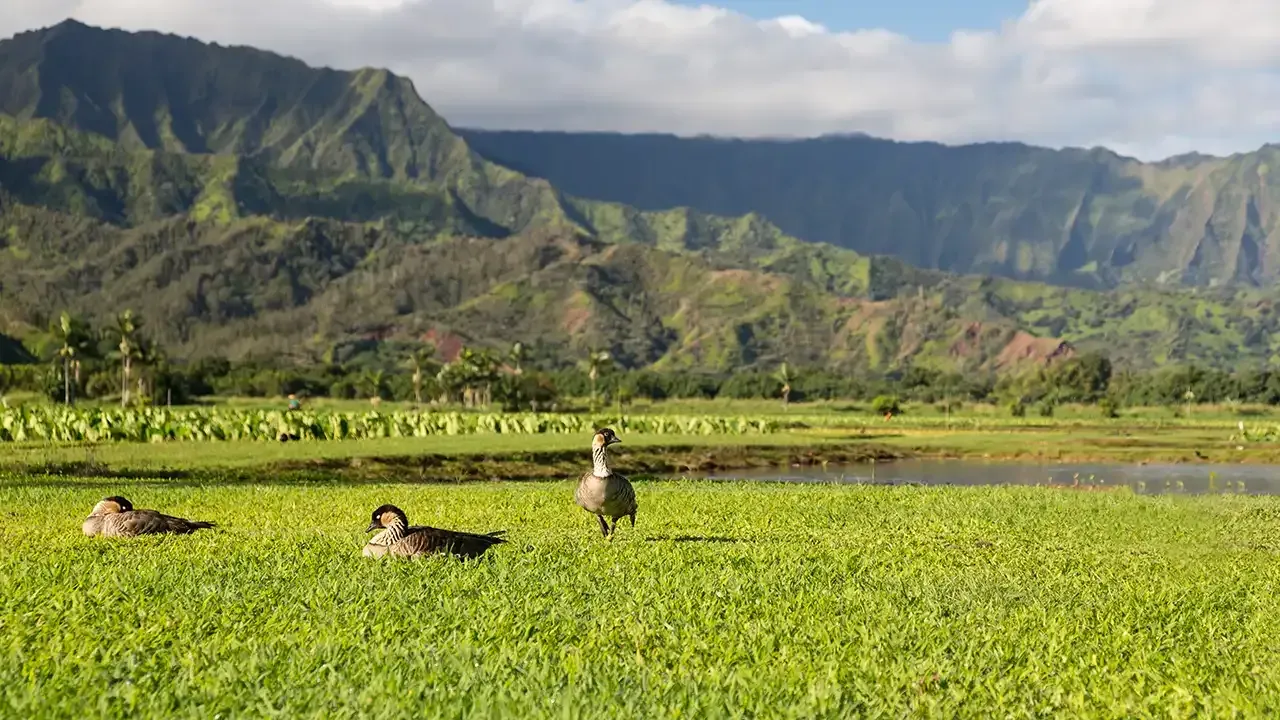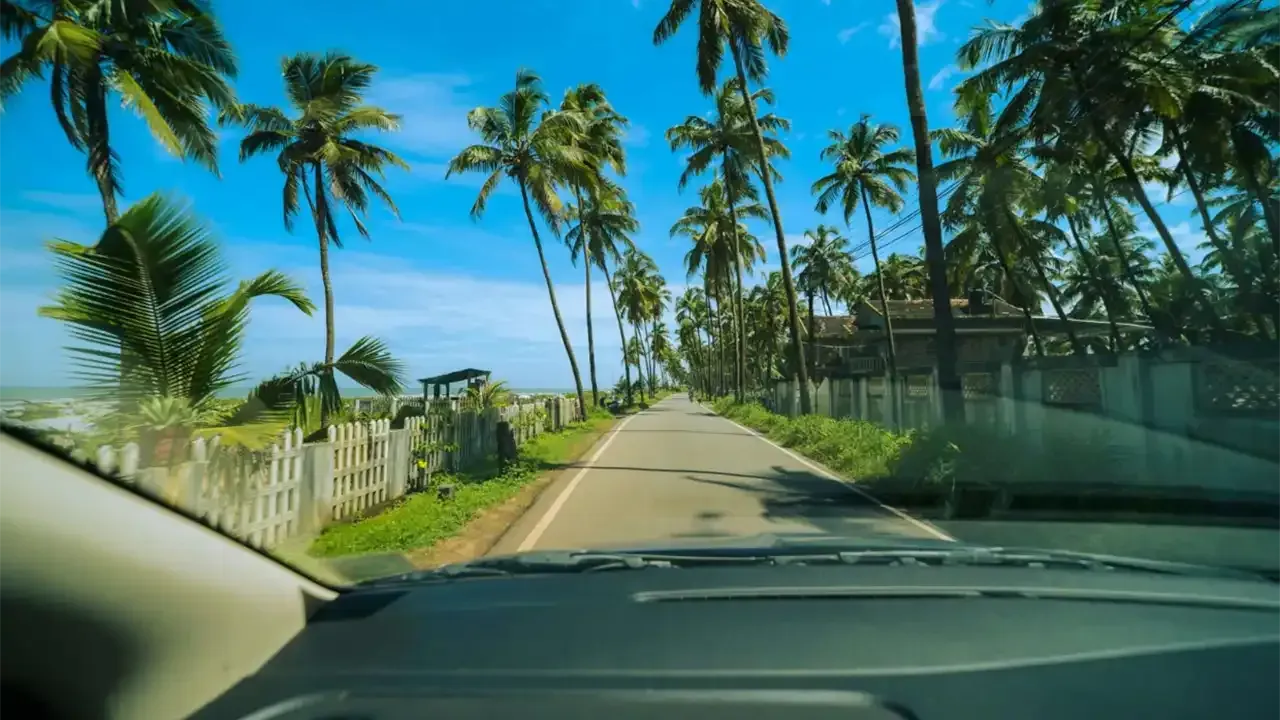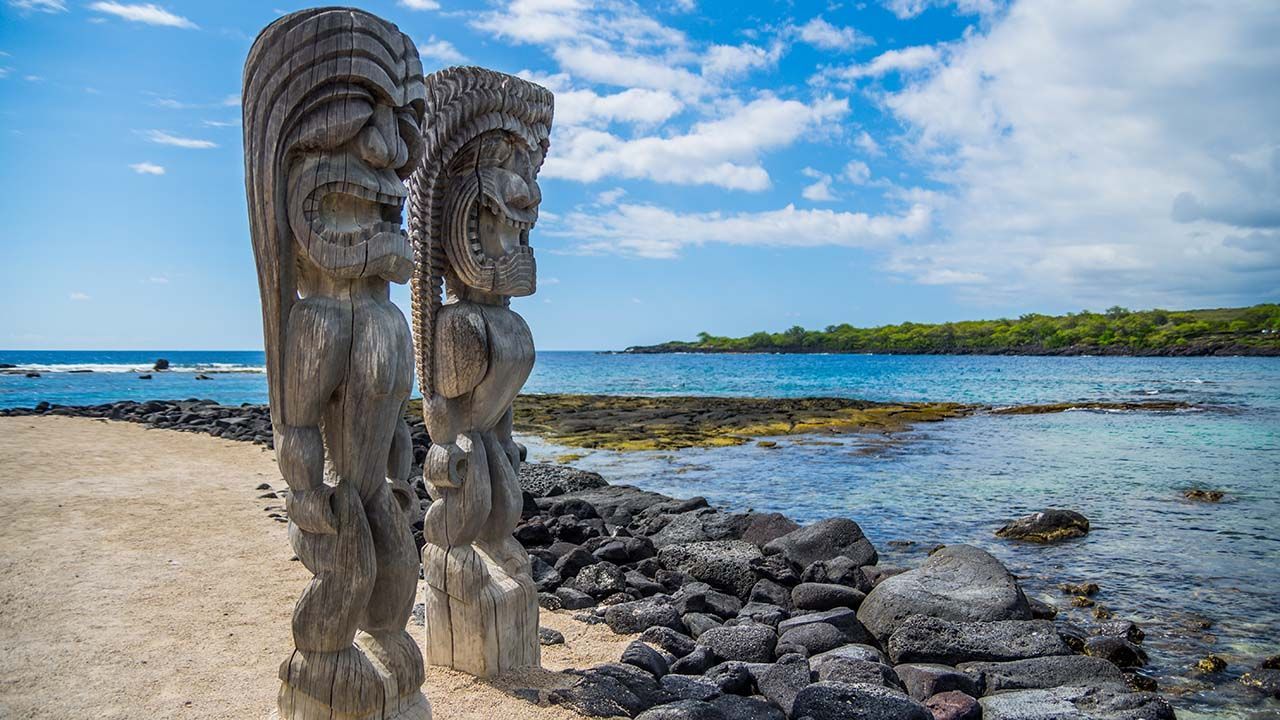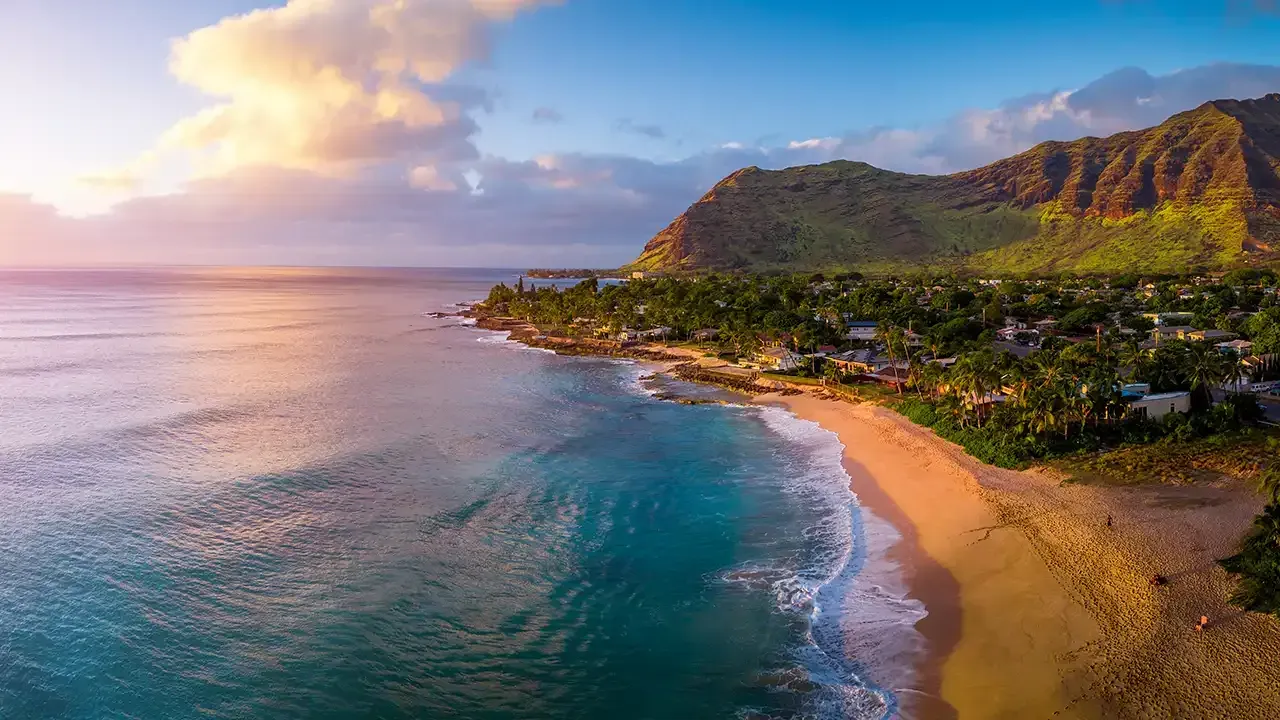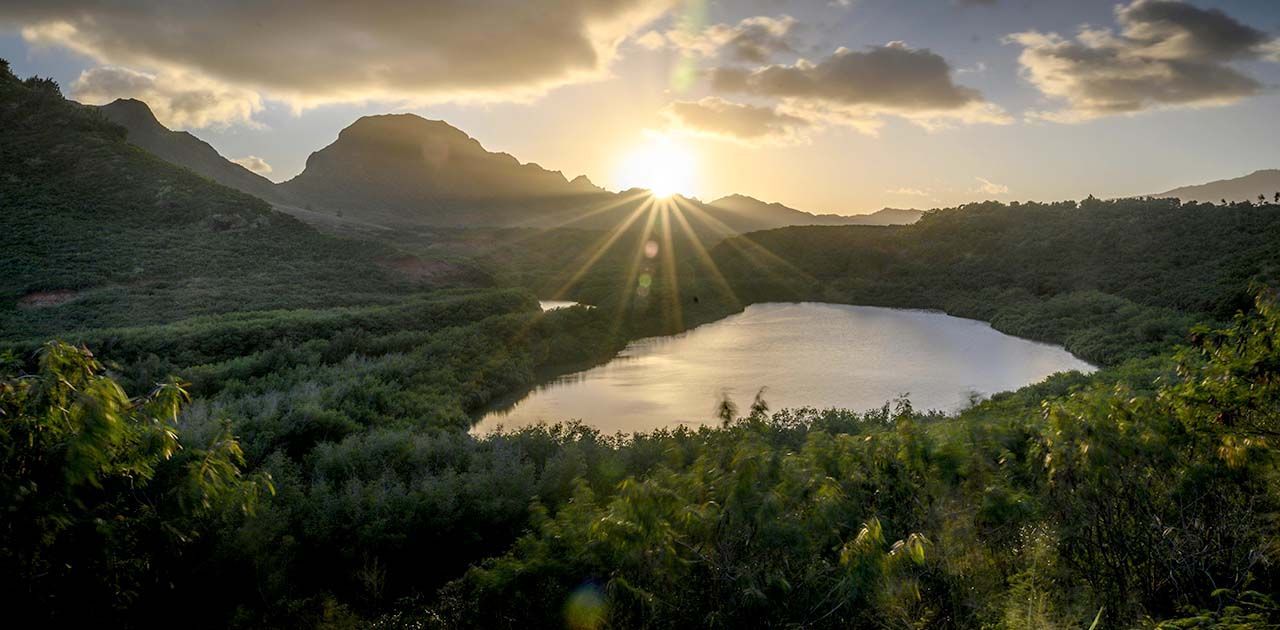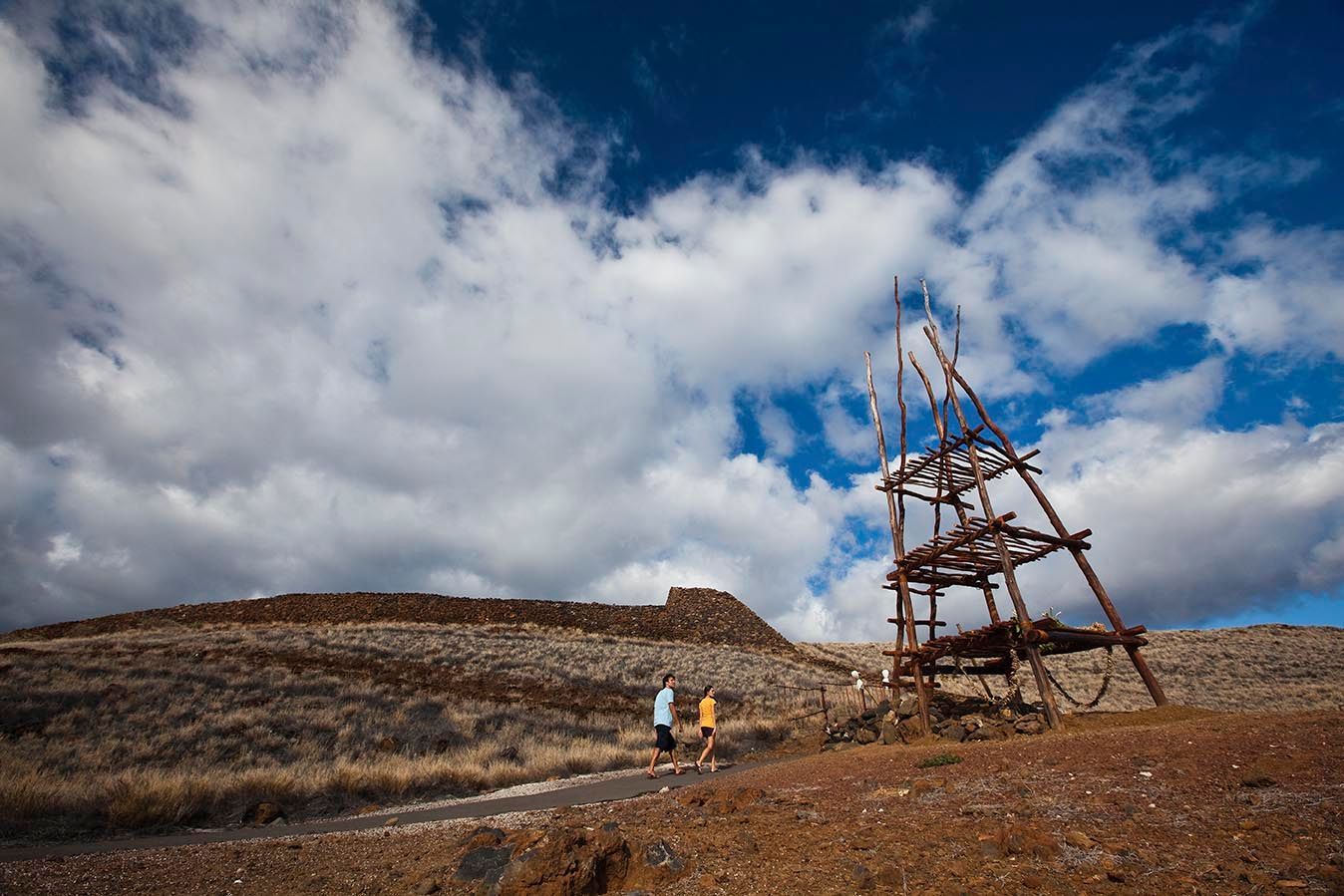Hawaiʻi’s Endangered Species: What to Know and How to Protect Them
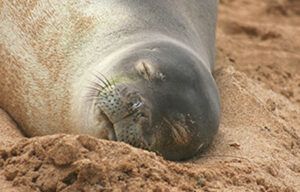
Much like its sprawling, verdant landscape, Hawaiʻi is also home to a variety of native animals on land and at sea that are unique to our islands. Of these fauna, so many find themselves on the long list of endangered species. We ask visitors and residents alike to do their part to protect and preserve these endangered species to allow generations in the future to enjoy their presence.
Hawaiian Monk Seal
The Hawaiian Monk Seal is endemic to Hawaiʻi, regarded as extremely rare not only in our state, but also in US waters. Their bodies are accustomed to life in warmer, tropical waters, and many females can be spotted by day lounging on sandy beaches near shallow waters when caring for their pups. Two-thirds of their time, however, is spent at sea.
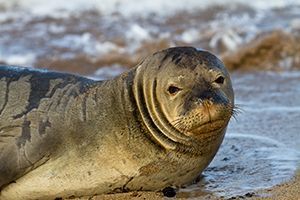
In ancient Hawaiian times, the Hawaiian Monk Seal was called ʻIlio Holo I Ka Uaua, or, “dog that runs in rough water.” Though surviving through generations of change in Hawaiʻi, the Hawaiian Monk Seal is declining at an alarming rate of four percent annually, with a population of fewer than 1,200 seals remaining.
NEVER bother a Hawaiian Monk Seal! Whether they are resting on the beach or heading back to sea, please keep your distance and remember that they are simply trying to live their lives in their marine home.
Green Sea Turtle
Like the Hawaiian Monk Seal, Green Sea Turtles, or Honu in Hawaiian, are endangered animals that gravitate toward the sea. With a lifespan of 60-70 years and an impressive weight of anywhere from 200 to 500 pounds, Honu are incredible marine creatures that are found throughout the Hawaiian Islands. They can usually be spotted sleeping on the beach or swimming in Hawaiʻi’s waters.
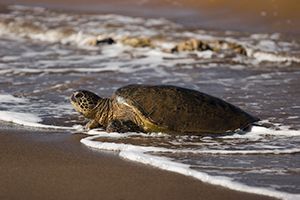
The Honu has been listed as an endangered species since 1973, making it illegal to harass or capture this beloved creature. Be especially vigilant in the summer months, as this is sea turtle nesting season.
Nēnē
The Nēnē is Hawaiʻi’s state bird, known for its black face and bill, partially webbed feet and low-pitched “nay-nay” call. Though once prevalent on all islands, the nēnē is now most commonly found on the Big Island, Maui and Kauaʻi. The months of August through April are known as breeding season for nēnē, and as such they are especially vulnerable to external threats. The public is asked to remain vigilant, especially when driving, as many birds are killed every year by speeding cars.
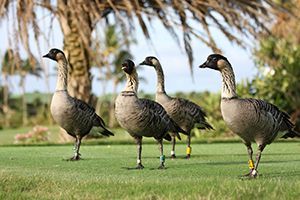
The nēnē was listed as an endangered species in 1967, and since then the public has undertaken various efforts to recover and sustain this valuable breed while seeking to minimize its mortality rate when released into the wild.
All of these endangered species are protected by the Federal Endangered Species Act. As such, you MUST remain at least 100 feet away from them at all times! If you see any of these animals being harassed, please report the incident in detail to the NOAA Fisheries Office of Law Enforcement at (800) 853-1964.

